Oxygen mixing an important consideration for effective management, successful production (Part 1)

Photosynthesis by microalgae (phytoplankton) is the main source of oxygen in aquaculture ponds. Microalgae often supply excess oxygen during the day, while during the night, the respiration of algae, pond bottom soil, fish and/or shrimp may deplete the oxygen reserves. For this reason, aquaculturists know the value of night time pond aeration to increase safety and production of fish and shrimp by maintaining adequate, needed levels of dissolved oxygen (DO).
Many shrimp farmers also provide some hours of aeration during daytime, to keep pond soils and bottom waters better oxygenated. The electricity cost associated with mechanical aeration is an important concern in pond aquaculture in many countries. Pond water circulation during the day time is an effective strategy to enrich pond water with oxygen from microalgae photosynthesis, and may substantially reduce the costs of nighttime supplemental aeration.
The basic principle behind water circulation is the consistent mixing of oxygen-rich surface waters with oxygen-depleted bottom waters, increasing the total reserve of oxygen in the ponds. Oxygen available at deeper strata accelerates the degradation of organic wastes on pond soil, preventing the build-up of potentially toxic, reduced compounds in bottom waters, particularly in deep and thermally-stratified ponds. Efficient water circulation is applied during peak times of photosynthesis activity, when surface waters are supersaturated with oxygen. The fundamentals and benefits of water circulation in fish and shrimp ponds are discussed in this article.
Stratification of pond water
Levee or hillside ponds generally present water stratification. Pond water stratifies because surface green water (abundant in phytoplankton) absorbs sunlight and warms up during the day, while the light depleted bottom water remains cooler. Warm surface water is lighter (less dense) than the cool bottom water (denser). As the difference in temperature, and thus density, between surface and bottom waters accentuates, a strong physical stratification sets in place. One can actually feel this thermal/physical stratification when slowly entering into a pond: your belly feels warm, while your feet are cold. This physical stratification can only be disrupted by a strong force, such as mechanical aeration or strong winds. In the winter, as the surface water cools down and gradually approximates the temperature of bottom water, the physical/thermal stratification of a pond diminishes or disrupts.
Water stratification is also chemical. The presence of sunlight causes phytoplankton concentrate in the upper strata of a pond. Microalgae photosynthesis during day hours makes surface water richer in oxygen, higher in pH and lower in carbon dioxide compared to bottom waters. Microalgae also remove ammonia (NH3 / NH4+) and other nutrients from water for photosynthesis and growth. Bottom water and pond soils, though, are mostly oxygen-depleted and harbor toxic compounds, such as ammonia, nitrite, methane, hydrogen sulfide and other reduced substances formed during the anaerobic decomposition of organic wastes (mainly dead algae, fish and shrimp feces, uneaten feed, leaves and decaying microbial biomass). Thus, phytoplankton photosynthesis in surface waters and organic matter decomposition on pond bottom soils magnify the chemical stratification of pond water (Fig. 1).

Plankton abundance and stratification
Phytoplankton abundance can be assessed through the color and transparency of water. Water transparency can be determined using a Secchi disk and can be used to predict the risk of an oxygen deficit occurring in a pond. The Secchi disk is, therefore, a simple but very valuable tool for aquaculturists, especially when DO meters are not available. In static-green water ponds, water transparency is often in the range of 20 to 60 cm. The lower the water transparency is, the less light will be available at the deepest strata of a pond. There is a direct relationship between water transparency and the depth at which the production of oxygen through photosynthesis (P) is equal to the oxygen consumption in respiration (R).
In limnology (the science that studies inland waters), P equals to R at a depth of 2.4 times the water transparency. Therefore, in a pond with 0.5 meters water transparency, P should equal R at a depth close to 1.2 meters. Below 1.2 meters, R exceeds P and oxygen levels sharply decline towards the bottom. For a pond with 0.2 meters water transparency, R started to exceed P at depths more than 0.5 meters. Therefore, the lower the water transparency, the greater will be the pond volume depleted of oxygen (and thus, anaerobic). For this, as well as for economic reasons, aquaculture ponds should not be constructed too deep. However, when building hillside ponds, it is almost unavoidable to have deep areas (over 5 to 6 meters) at the center of the dam, as dams often need to be very tall to allow for the impoundment of a large surface area.

Oxygen depletion and toxic compounds in bottom waters
Physical and chemical stratification are less pronounced in shallow ponds, as winds generally promote reasonable water circulation and mixing. This mixing supplies oxygen to the lower strata. However, in deep ponds, water stratification is quite pronounced. As the deepest strata receive limited light, and regular winds only promote water circulation to a limited depth, oxygen levels are usually zero, or even negative, at pond depths greater than 2.5 meters. Negative oxygen levels mean that there is an additional demand for oxygen to oxidize reduced substances (such as nitrite, ammonia, methane and hydrogen sulfide) built-up at deep waters or pond soils during the anaerobic decomposition of organic matter. This additional oxygen demand is known as “negative redox potential” of pond soil or water. Pond soil and bottom water are often in a negative redox potential. Thus, the bottom of a deep pond (such as a hillside pond) or a large reservoir is generally inhospitable and can even be a threat to fish and shrimp due to the lack of oxygen, high CO2 and the presence of various toxic compounds. The build-up of organic matter also provides shelter and nutrients for pathogenic — and often opportunistic — organisms to proliferate. The deeper a pond is, the bigger the volume of anoxic and toxic water it will have in its deepest strata.
The risk of a sudden turnover
A pond with anaerobic and toxic bottom waters is like a bomb set to explode anytime. A rapid and complete mixing of bottom and surface waters (a pond turnover) may occur, causing oxygen depletion and a rise in carbon dioxide and toxic compounds in the pond. Strong winds, large volumes of runoff and sudden falls in air temperature are some conditions that may cause an abrupt pond turnover. Animals can be severely distressed and mass mortality often occurs after a pond turnover. In deep ponds, dissolved oxygen is often zero at depths beyond 2.5 to 3.0 meters. The deeper a pond is, the greater the volume of “rotten-anaerobic-poor quality” water in its deep strata. In ponds with depths exceeding 5 meters, the volume of noxious bottom water far exceeds the volume of good quality surface water (Fig. 3). For this reason, when a deep pond turns over, fish or shrimp in the deepest area are more likely to die or be severely distressed than those caught in the shallows.
Large watershed ponds are often used to farm fish in cages. Invariably, the cages are positioned at the deepest area, close to the dam, to keep fish as far as possible from their own fecal wastes. Farmers also take advantage of the road on the dam to easily access the cages. However, placing cages at the deepest area of a pond increases the risk of losing the entire fish stock if the pond turns over. Fish confined in the cages have no chance to move toward less affected areas in the pond and will often die (Fig. 3). To lessen the risk of pond turnovers and fish kills, small- to regular size cages (1.5 to 2.0 meters deep) should be positioned over shallower areas, allowing 0.5 to 1.0 meters distance from the cage bottom mesh to the pond bottom soil. In addition, routine mixing of oxygen-rich surface water with oxygen-depleted bottom water helps to incorporate oxygen into the deeper strata of ponds, weakening the damage caused by a possible turnover.

Now that you've reached the end of the article ...
… please consider supporting GSA’s mission to advance responsible seafood practices through education, advocacy and third-party assurances. The Advocate aims to document the evolution of responsible seafood practices and share the expansive knowledge of our vast network of contributors.
By becoming a Global Seafood Alliance member, you’re ensuring that all of the pre-competitive work we do through member benefits, resources and events can continue. Individual membership costs just $50 a year.
Not a GSA member? Join us.
Author
-
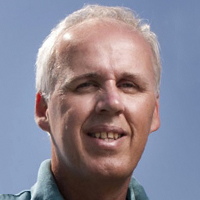
Fernando Kubitza, Ph.D.
Acqua Imagem Services in Aquaculture
Rua Evangelina Soares de Camargo, 115
Jardim Estádio – Jundiai/SP – CEP 13203-560 Brazil
Tagged With
Related Posts
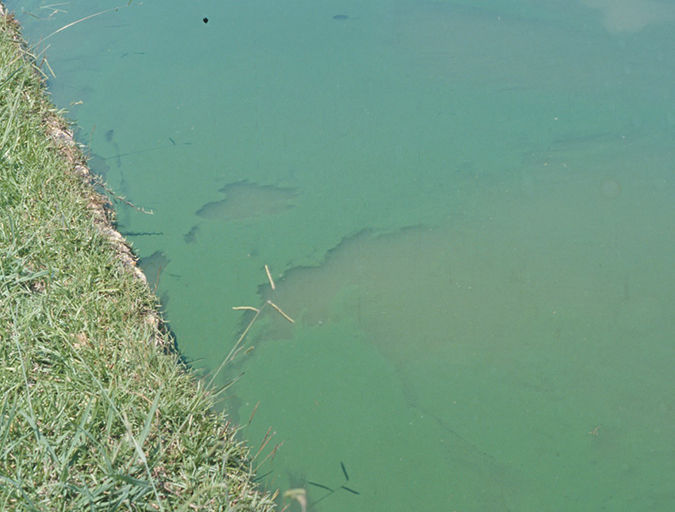
Health & Welfare
Phytoplankton a crucial component of aquaculture pond ecosystems
Phytoplanktonic organisms, or microalgae, are very abundant in aquaculture ponds and have critical roles in these ecosystems, significantly influencing overall pond ecology and water quality. Proper management of phytoplankton populations is essential for successful aquaculture pond production.
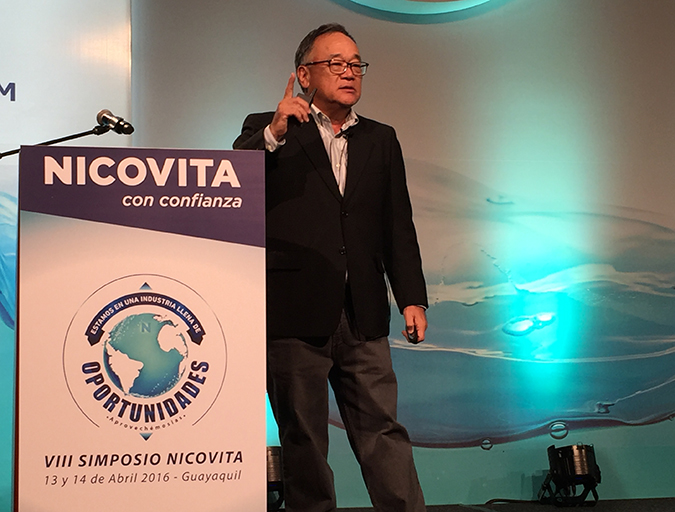
Responsibility
CP aquaculture expert stresses proper pond management, design
Shrimp farmers can look to the chicken-farming industry for guidance on proper pond management. At the Nicovita Symposium in Ecuador, Dr. Dean Akiyama of Charoen Pokphand encouraged shrimp producers to overcome challenges at hatchery level.
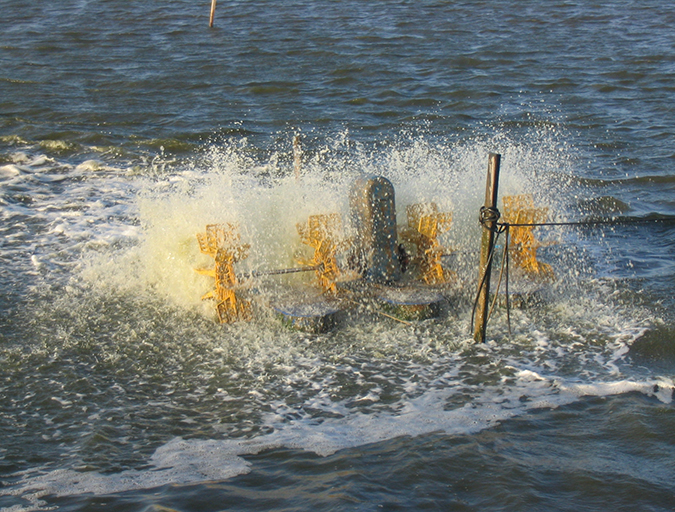
Responsibility
Does Coriolis force impact aerator placement in aquaculture ponds?
The Coriolis effect has no bearing on aerator placement and aquaculture pond management. The most important consideration with mechanical aeration is to provide a sufficient amount to maintain adequate dissolved oxygen concentration.
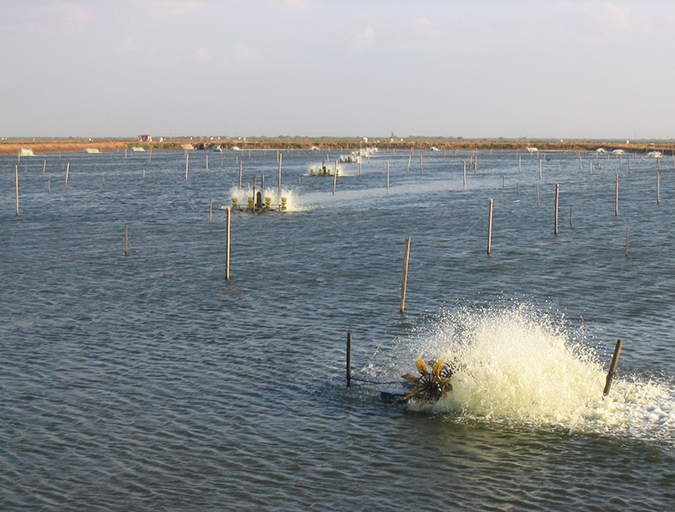
Health & Welfare
Proper water circulation in aquaculture ponds critical
Promoting water circulation during the day time is an effective strategy to enrich pond water with oxygen produced by photosynthesis, and can significantly reduce the costs of night time supplemental aeration.

